Astro-tourism in Chile: The best place in the World for stargazing
By: Chile Travel - 28 August, 2021

We don’t get tired of repeating ourselves: Chile is the best place in the World to gaze at the night sky into the universe! Acclaimed world-wide, astro-tourism in Chile is a must-have experience. Its skies are the most clean and clear on Earth and offer the best conditions for looking into Outer space, and therefore, have also been an asset for the work of scientists and their quest to decipher the mysteries of the universe.
Not only does Chile have the clearest skies, but also there are the greatest amount of days and nights with good weather throughout the year, that is, over 300 annually. Other optimal conditions include the low amount of dust particles, the perfect level of humidity and Chile’s high and dry geography, which are all factors that give Chile’s skies the perfect conditions to install telescopes and contribute to the advancement of astrology and astro-tourism.
This is why Northern Chile boasts on having more than 40% of all the astronomic observation centers in the World, an amount that is expected to increase up to 60% within the next 10 years.
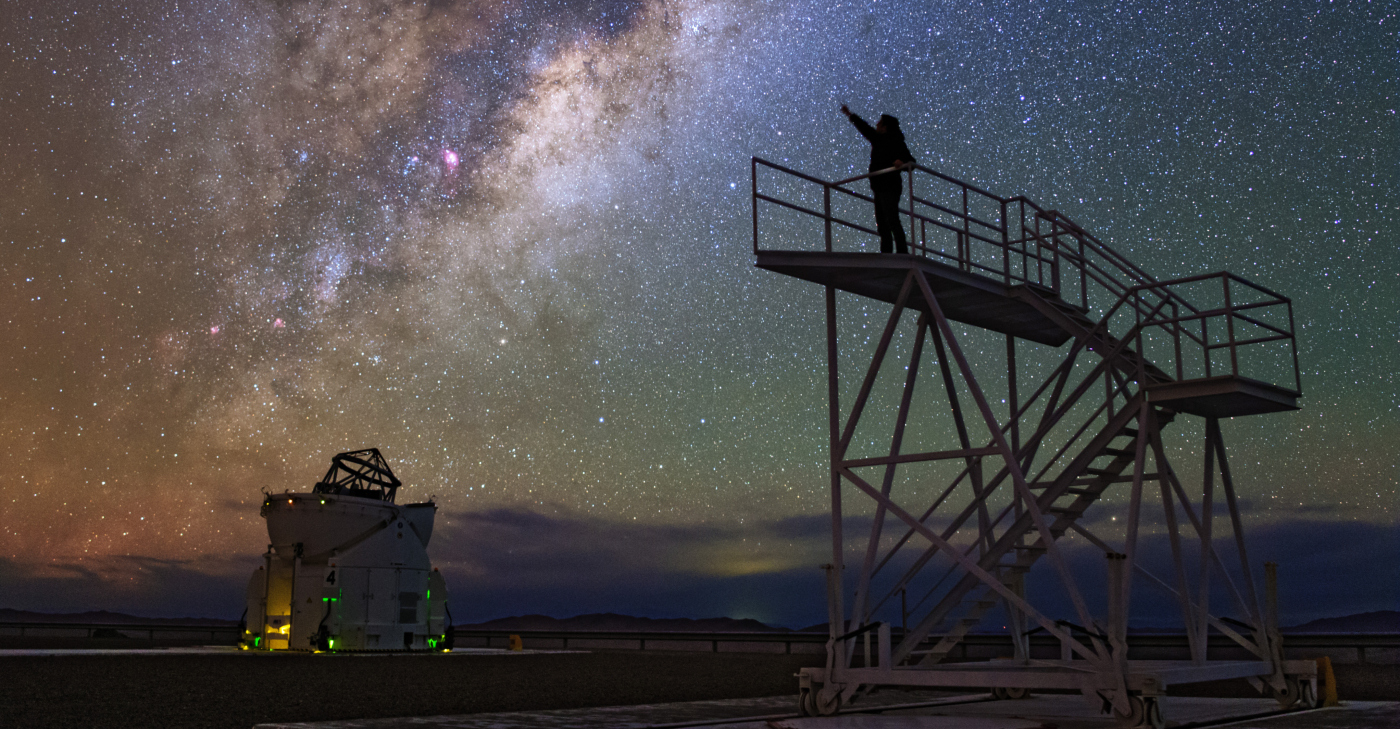
GLOBALLY SCIENTIFIC
As mentioned, Chile has some of the largest and most important astronomic observatories on Earth, such as the ALMA Observatory’s Radio-telescope (Atacama Large Millimeter Array), the Paranal Observatory, and soon, Paranal’s newest ELT (Extremely Large Telescope) which will turn this astronomic center into the World’s largest optic astronomic center.
Significant public interest in learning and appreciating the mysteries of the Universe has motivated the corresponding government organisms to promote the development and expansion of Astro-tourism in Chile. Furthermore, an ethnic factor has also been embraced into the process, seeking to mix astronomy with history and use this instance to teach about the cosmovision of our Native, Pre-Columbian, communities.
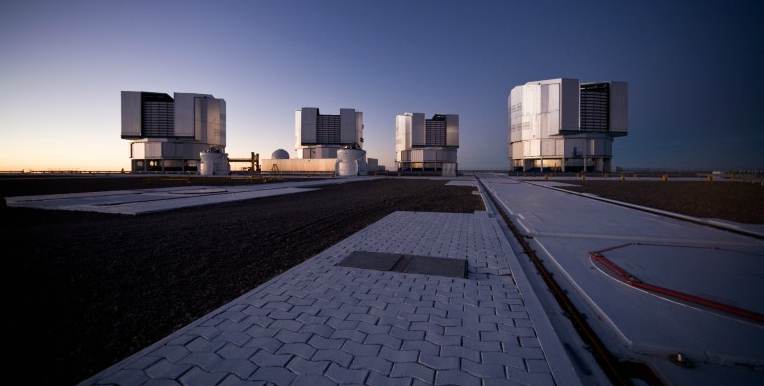
For example, in Atacama there’s a proposition to promote “Ethnic-Astro-tourism” or also called, Archeological Astronomy, which helps people today to understand the Andean Cosmo-vision of the past, developed centuries ago by the “Likan Antay” or Atacama people, whose lives were very much influenced by the stars, impacting even the social structure of the Andean people.
In fact, tour guides in Atacama have been educated in this scientific field in order to organize a number of Ethnic-Astrotourism programs and many of them offer Astro-Photography guided tours as well, with experienced photographers. They invite you to capture the most Amazing images of the Galaxy.
A FREE TOUR
To visit the Observatories during the day is free, with a limited capacity for bookings, which is why astro-tourism in Chile is an attraction that should be planned with at least a month in advance.
Some of the scientific centers that open their doors to the public are: the Paranal Observatory, located 130 kms South of Antofagasta, it has the most advanced optic instruments of the World.
The ALMA Observatory, located on the road to San Pedro de Atacama, is 5000 mts above sea level (16400 feet above sea level), and due to security reasons, it only offers tours in controlled rooms and facilities where astronomers work and live. La Silla Observatory is located towards the outskirts of the Atacama Region, and they are open offer visits every Saturday.
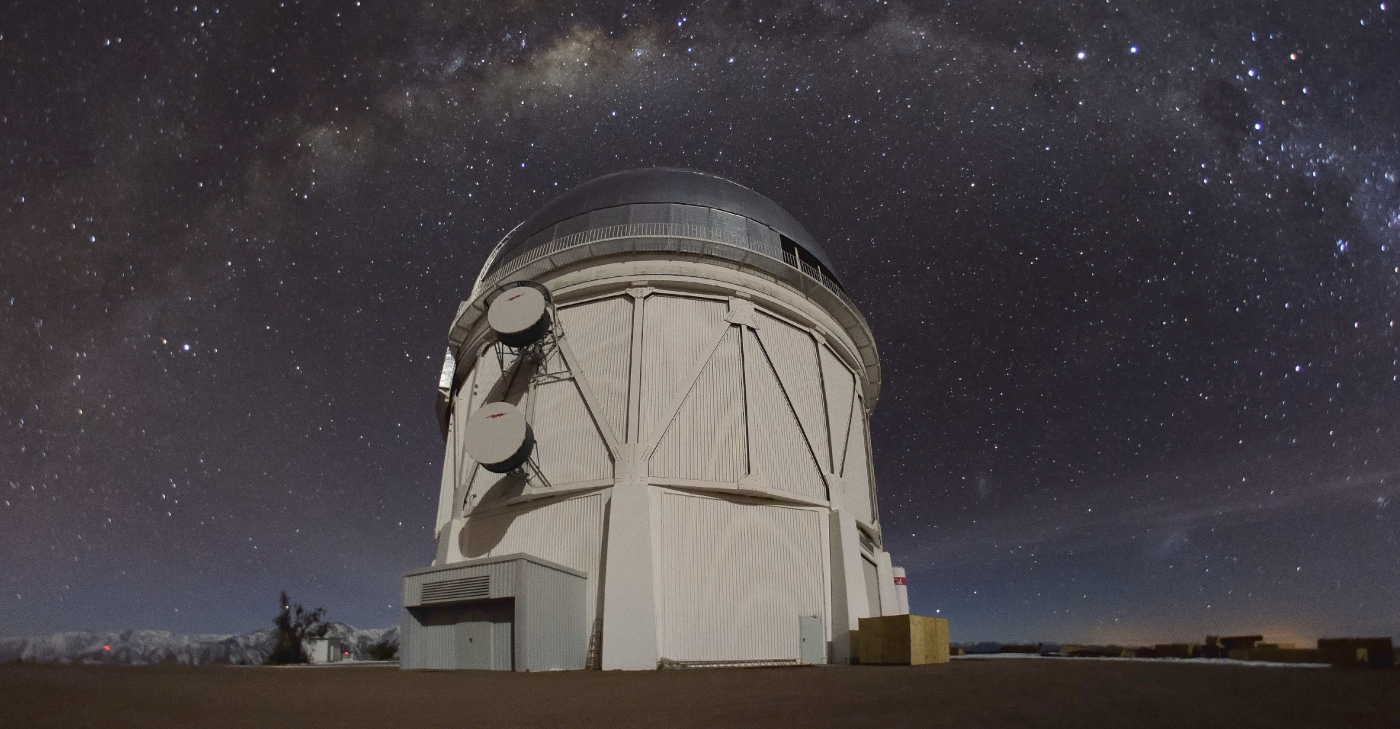
In Coquimbo, region that has been nicknamed “the Star Capital”, is where Cerro Tololo is located. This Inter-American Observatory is in the Elqui Valley and nearby there’s another one, the Gemini Observatory, that offers tours every Fridays year-round.
SPECIAL INTEREST
If you are looking to enjoy the starry sky and learn about the Milky Way, there is a wide range of tours offering Astro-tourism for experts and amateurs, which also include Presentations and horse-riding. There are many different modes and price ranges, but they all have in common a warm welcoming and didactic immersion into astronomy, preceding the open sky experience.
We start the Astronomic route close to Antofagasta at the Paniri Caur Observatory, located in Chiu Chiu towards Calama. Here Astronomy is complemented with the archeology of the place. The tour considers an introductory talk, classic and Andean constellation gazing and the use of 14- inch telescopes.
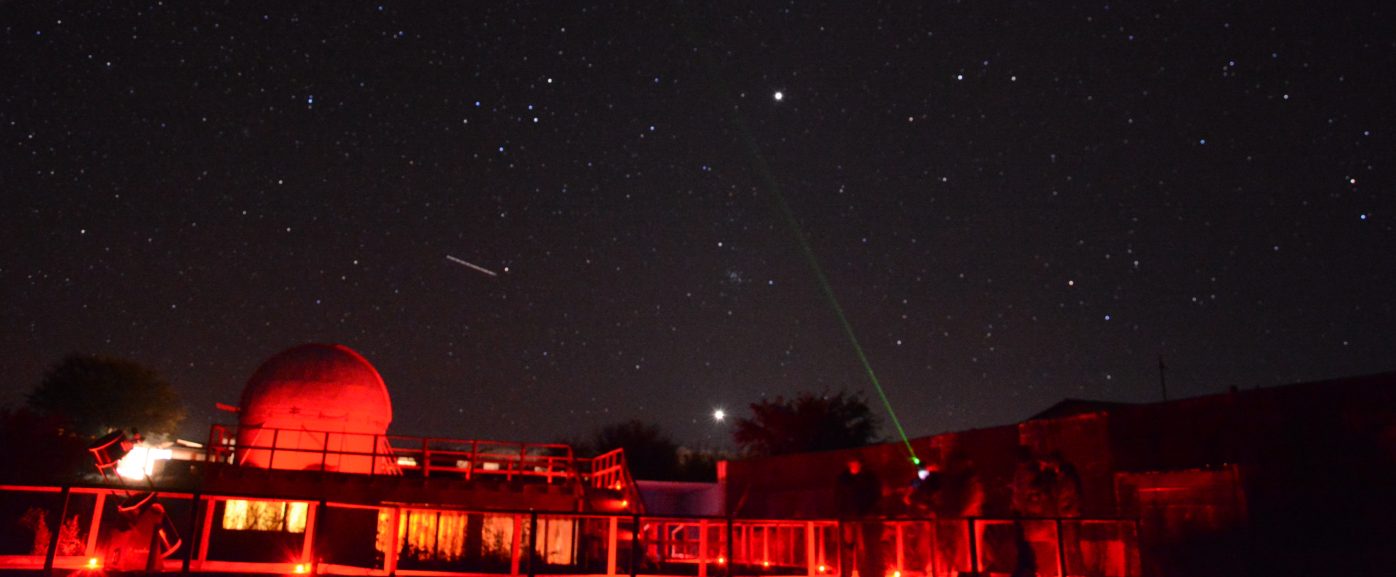
The Alarkapin Observatory is located in San Pedro de Atacama and offers different activities besides telescope observation, such as night walks with expert lessons, during solstices and equinoxes.
The Inca de Oro Observatory, located 100 km from Copiapó, offers visits from Monday to Saturday, starting at 9pm. Around the area you can book horse riding and make Group observations.
CLEAR SKIES
Northwest of Vicuña, in the middle of the amazing skies of the Elqui Valley you can find our Pioneer in Astro-tourism: The Mamalluca Observatory. The tour at this giant of Chilean Astro-tourism includes transportation, an introductory talk, plain-sight observation and big and small telescopes.
Under the same clear sky is the Pangue Observatory with the biggest public telescope in the country that is 25 inches. Other ones include the Cancana in Cochiguaz, the Cielo Sur in Pisco del Elqui and the Cerro Mayu Observatory, 25 km from La Serena.
The Collowara Observatory, close to Andacollo, is one of the country’s most modern research centers. It has different telescopes, conference rooms with audiovisual material. Also, different activities are carried out, like theme dinners and horse riding in the area. The Cruz del Sur Observatory, located south of La Serena, has four domes with 12 to 16- inch telescopes to watch different areas of the sky.
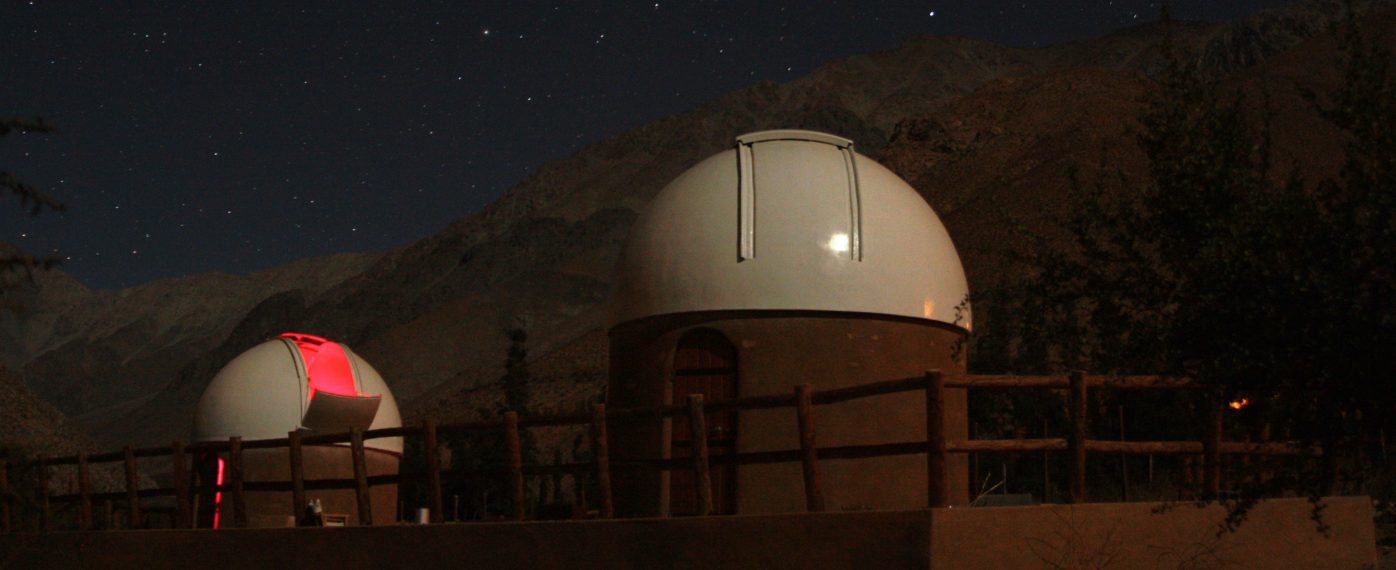
OBSERVATION IN THE CAPITAL
Santiago is not left out of the Astro-tourism in Chile and has an interesting number of activities to discover the secrets hidden in the stars, such as the Andean Astronomic Observatory.
On the road to the Chilean capital’s sky centers, who will get an introduction to astronomy, with talks, observation with binoculars, different types of telescopes and astro-photography demos.
The National Astronomic Observatory located on Calán Hill has guided visits from September to May, except for February, as long as the weather conditions allow them.
In the Cajón del Maipo you can find the Roan Jasé Observatory that offers astronomic tours, day (solar) and night observations with different size telescopes. This tour combines classic astronomy with Mapuche Cosmo vision elements.
In the same area you can find the Pailalén Astronomic Observatory that offers tours including talks, star recognition and telescope observation. Besides, it has a restaurant, a café and wine tasting.
EDUCATION WITH THE STARS
In the Aconcagua Valley you can find the Pocuro Astronomic Observatory that has the largest telescope in the area, donated by the Bochum University and the La Silla Observatory.
Close to San Vicente de Tagua Tagua, the Tagua Tagua Astronomic Center offers astronomic talks and observation with telescopes of different sizes, together with wine tasting and gastronomic experiences.
Finally, on the shore of the Lanalhue Lake in the South of Chile we can find the Yepun Astronomic Observatory, in the southmost tip of the country. Here there are astronomic observation sessions throughout the year but visits are confirmed a week in advance because they depend on weather conditions.
As you can see, Astro-tourism in Chile is abundant, in places that will give visitors a unique experience, that fosters the term “Sky culture”, and offers everyone the chance to get closer to Outer space and the infinite Cosmos.

















